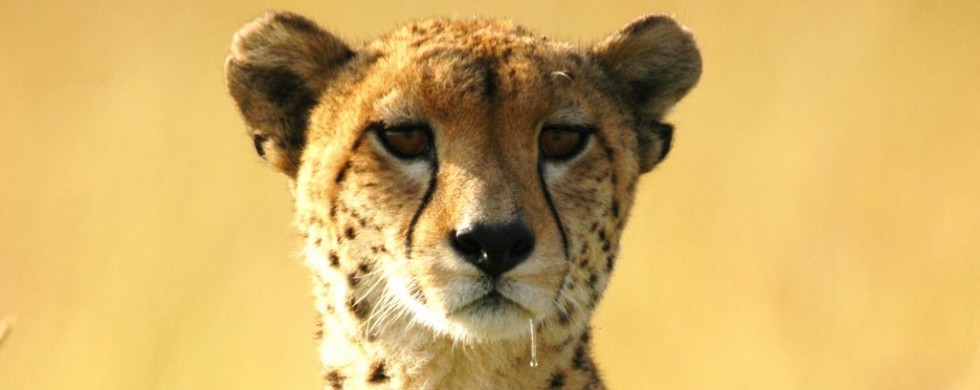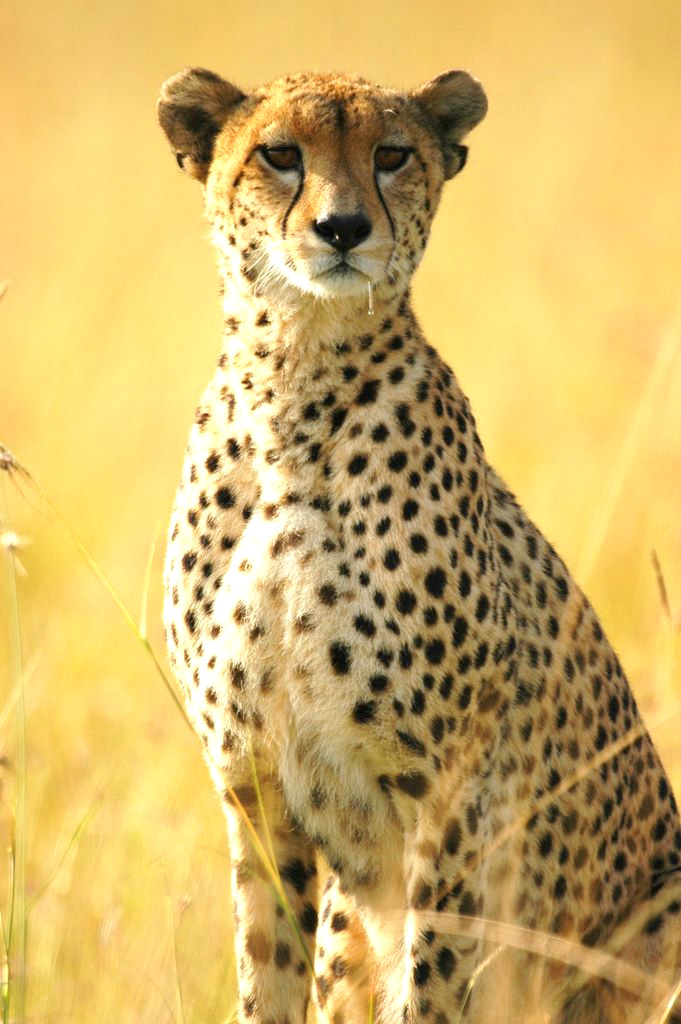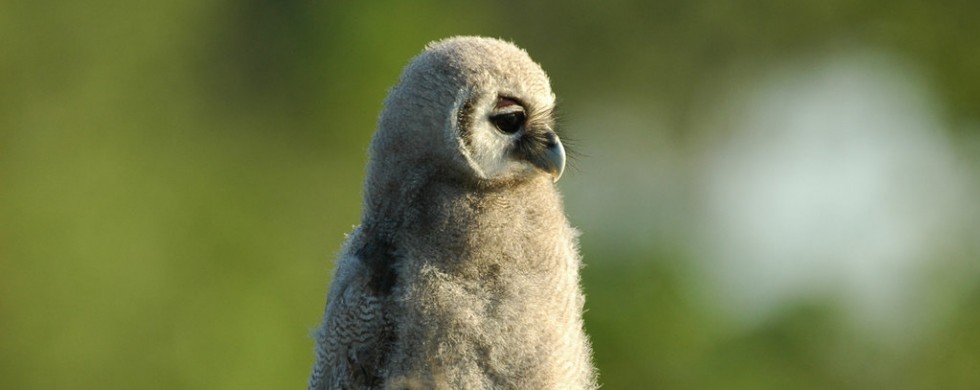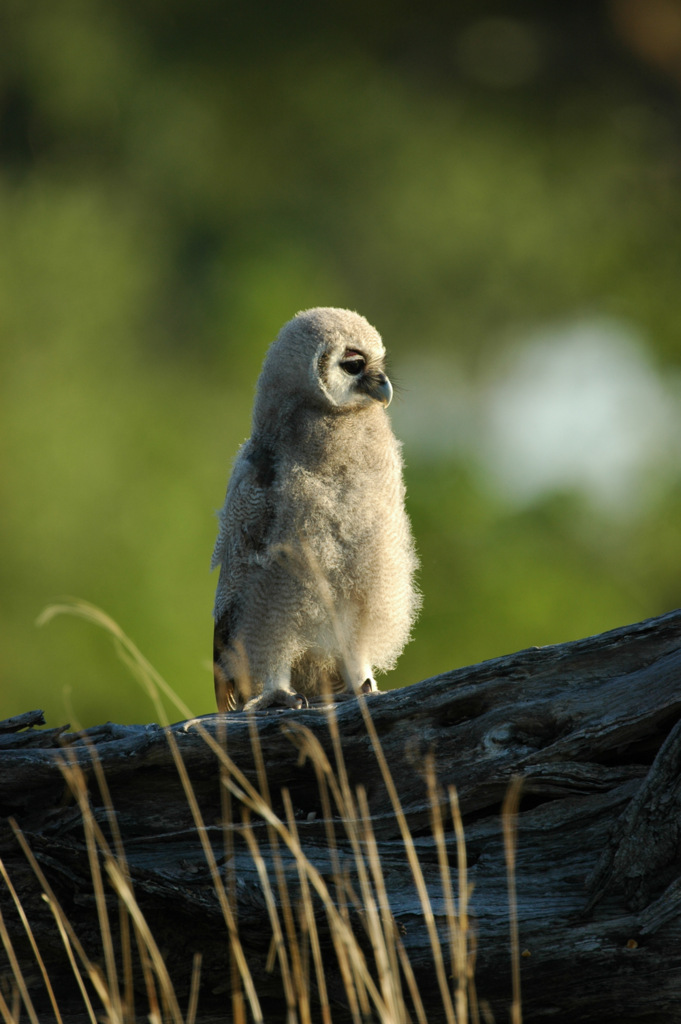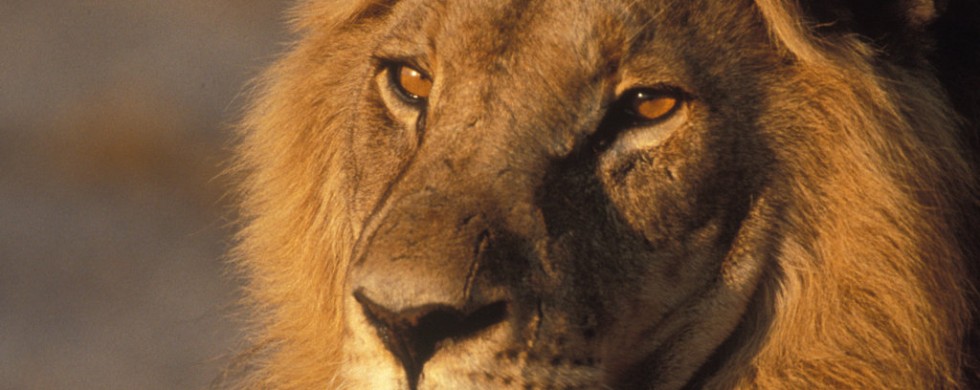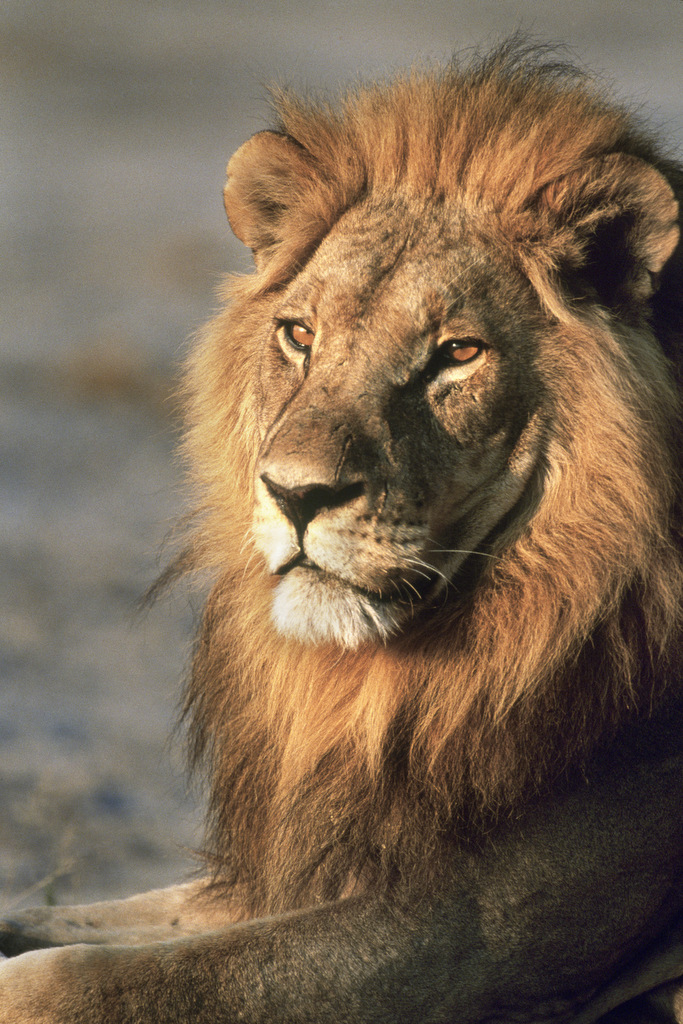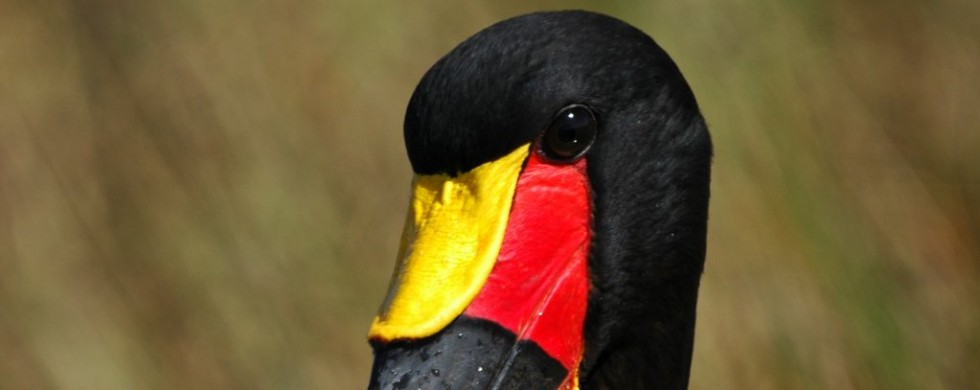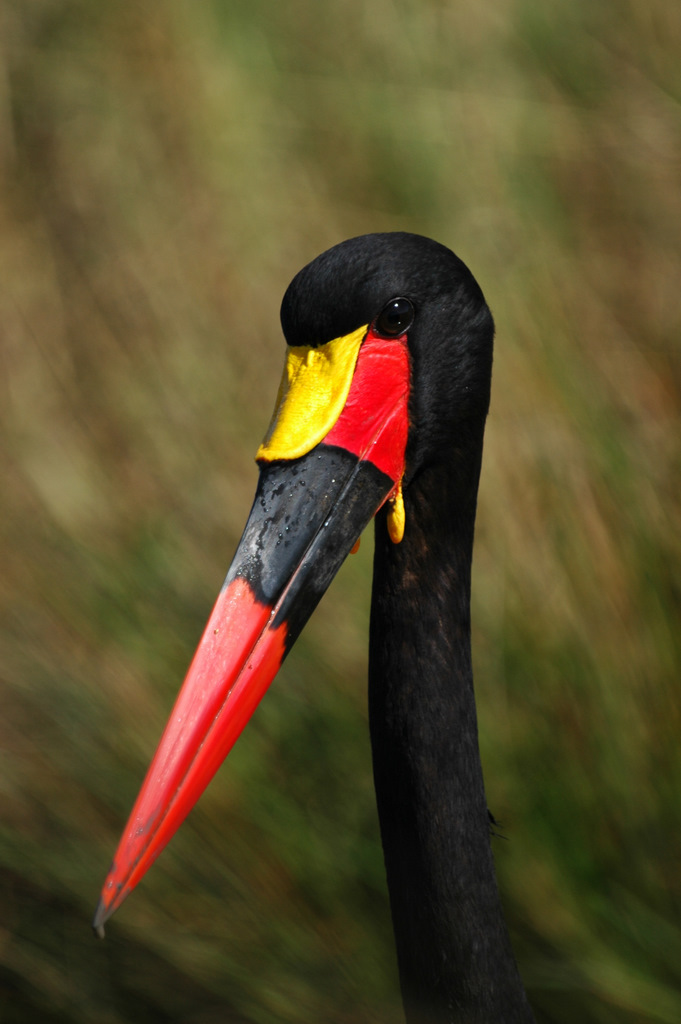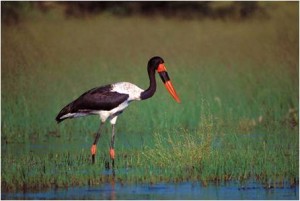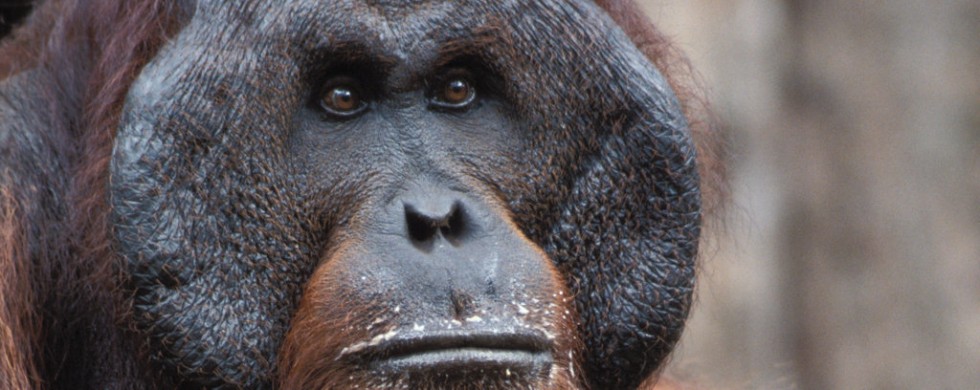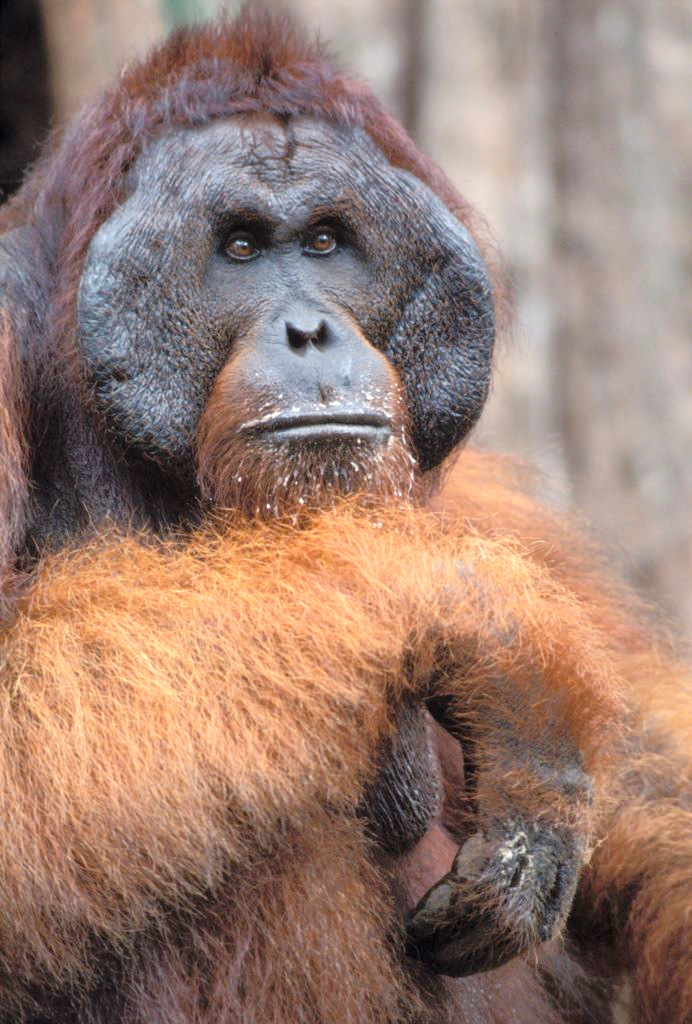15
Shot of the Month – February 2010
Ok, you guessed it, this month we are going to talk about cheetahs. This is a glamour shot of a healthy cheetah that I found on the plains of Kenya, Africa. The allure is a bit dampened by that bit of drool, uh, just there, yeah, there on the right. At the time of this shot the cheetah and I were surrounded by thousands of zebra –perhaps this fellow was contemplating the dining bonanza before us.
Attacking an adult zebra is a daydream at best. Adult zebra can weigh from 450 to 1,000 lbs – far outside the weight class of our speedy cat. A full-grown cheetah weighs from 80 to 140 lbs and focuses on smaller prey that usually weighs less than 90 lbs often preferring Thomson’s Gazelle, Grant’s Gazelle, springbok, or the Impala. On a good day, a cheetah might go after a baby zebra or wildebeest.
No creature in the world can run as fast – cheetahs can reach speeds of 75 mph in 3 seconds flat and can cover 24 feet in a single stride. That means a cheetah can accelerate faster than any Ferrari, Porsche, or Lamborghini made today.
Virtually every aspect of the cheetah’s body has been transformed to maximize speed. They have a slender, long-legged torso very similar to that of a greyhound dog. They have semi-retractable claws – claws that cannot be fully withdrawn. The claws are therefore always in contact with the ground ensuring excellent traction acting much like a good set of track cleats. Cheetahs have large nostrils to improve oxygen intake and they have an enlarged heart, liver, and lungs to efficiently circulate oxygen throughout the body. They have small heads to lower wind resistance. An unusually flexible spine acts like a giant spring that can produce explosive surges of speed and long strides. Black “tear marks” that run from the inside corner of each eye down the side of the nose help reduce glare from the sun and improve vision (think football players with black makeup on their cheeks). Finally, cheetahs have especially long tails which act like rudders that enable them to make exceptionally sharp turns and outflank fleeing prey.
Basically, a cheetah is a supercar on paws. But so many words…. as they say, a picture is worth a thousand of ‘em…
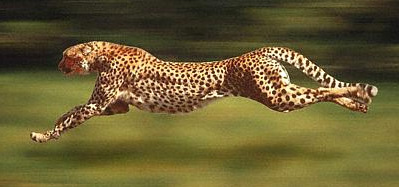 (Source)
(Source)
Now. That’s. Fast.
Until next month…:-)

